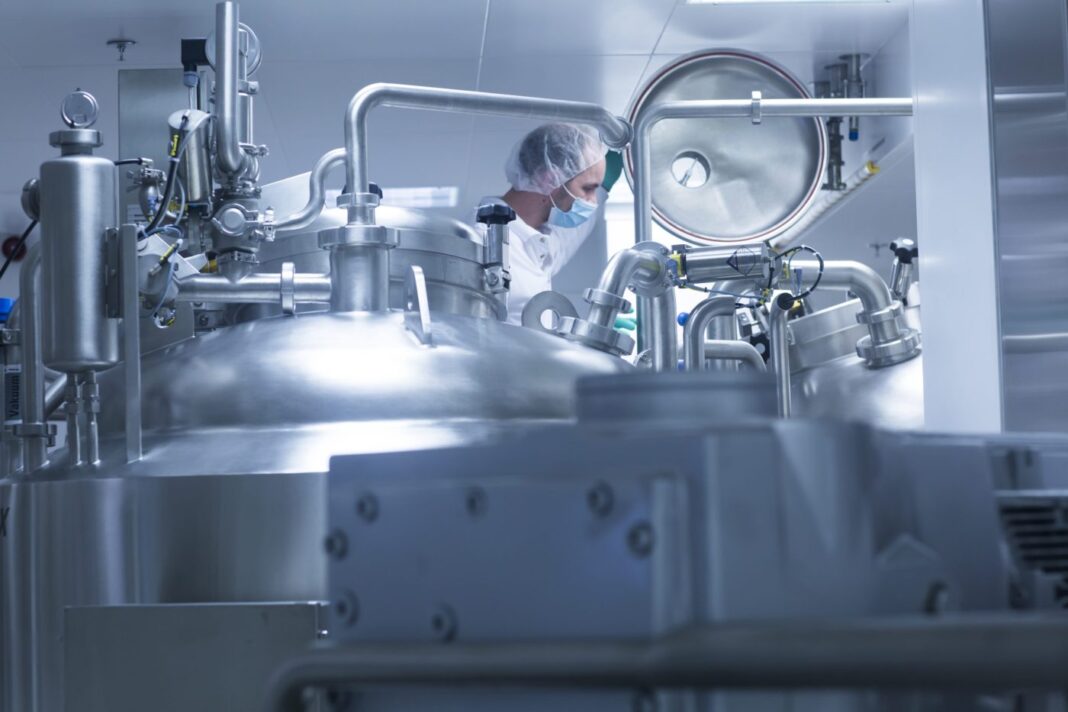The high cost of making cell and gene therapies is limiting patient access in South Africa. Innovative bioprocessing technologies are key to boosting local capacity and—according to researchers—reducing manufacturing expenses.
South Africa has a population of around sixty million. The public healthcare system caters to about 71% of the population, while the private system—largely funded through individual contributions to medical aid schemes or health insurance— is used by the remaining 29%, according to a report by the University of Witwatersrand, Johannesburg.
For patients in both systems, access to costly medicines like cell and gene therapies is patchy. One of the main challenges is limited local production capacity, says Michael Sean Pepper, MD, PhD, director of the Institute for Cellular and Molecular Medicine at the University of Pretoria.
“There is at present no gene therapy manufacturing in South Africa. Cell therapy in the form of hematopoietic stem cell (bone marrow) transplantation has been ongoing for many years, with about 450 transplants per annum, most of which are autologous in nature and most of which occur in the private sector,” he says, adding that increasing local capacity would help improve access, particularly since it is likely to reduce cost which is one of the major obstacles to access.”
Manufacturing model
What a South African cell and gene therapy manufacturing infrastructure will look like remains to be seen. However, Pepper says, at first, production is likely to be centralized at a purpose-built facility.
“Initially, a centralized model is likely to be more appropriate, and this could evolve into a decentralized model once capacity has been developed and legislative and cost issues have been addressed,” he notes.
Pepper and colleagues looked at the challenges in a paper published this year and found that South African capacity for viral vectors—which are used to make all the gene and gene-modified cell therapies—is limited.
And this is a big part of the problem, according to the authors, as “viral vector manufacturing accounted for 48% of the cost [of manufacturing] the cell or gene therapy in question.”
Boosting capacity will require state backing, according to the authors, who write, “Government participation and funding, whether through UHC [Universal Health Coverage—the country’s public healthcare system] or otherwise, will be critical to ensure the sustainability of CGT in South Africa.”
They suggest Government support will need to “include infrastructure plans, as well as equipment, staff hire, and quality control in addition to the actual manufacturing of the therapies.”
And digital manufacturing technologies–systems able to gather process data and transfer it to central hubs for modelling and use in optimization–will be a vital part of South Africa’s capacity building efforts.
“Digital technology will be very important, particularly in low resource settings, to ensure consistency and uniformity in production and quality and thereby avoid any pushback that may occur as a consequence of inconsistency in production and varying quality,” states Pepper.
Capacity challenges aside, the legislative issues relating to cell and gene therapy production are highly complex, Pepper says. He points to the lack of rules covering manufacturing as the biggest challenge.
“There is virtually no legislation specific for gene therapy in South Africa, and we will have to rely on international best practice until this has been addressed. Addressing this deficiency is a major focus of the Institute for Cellular and Molecular Medicine at the University of Pretoria,” he tells GEN.


